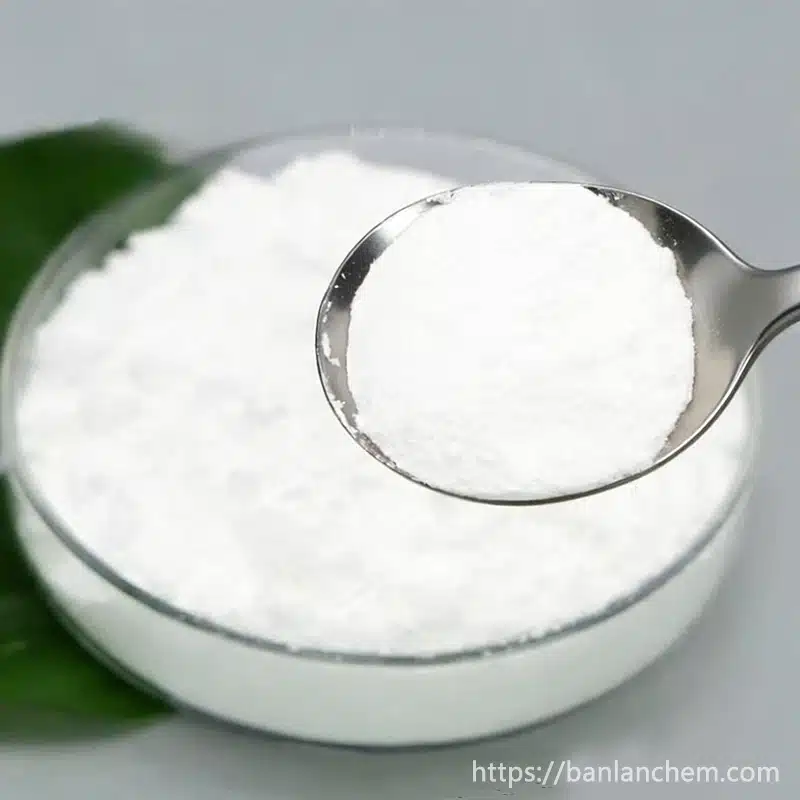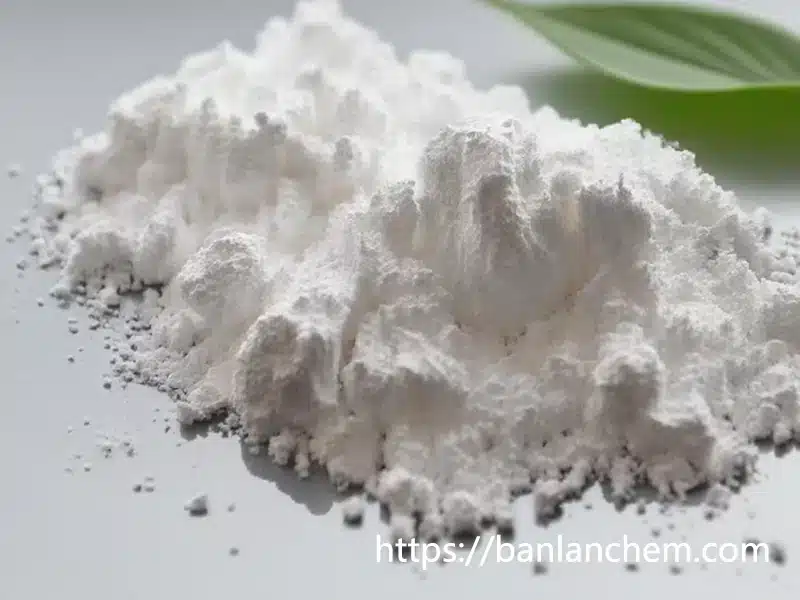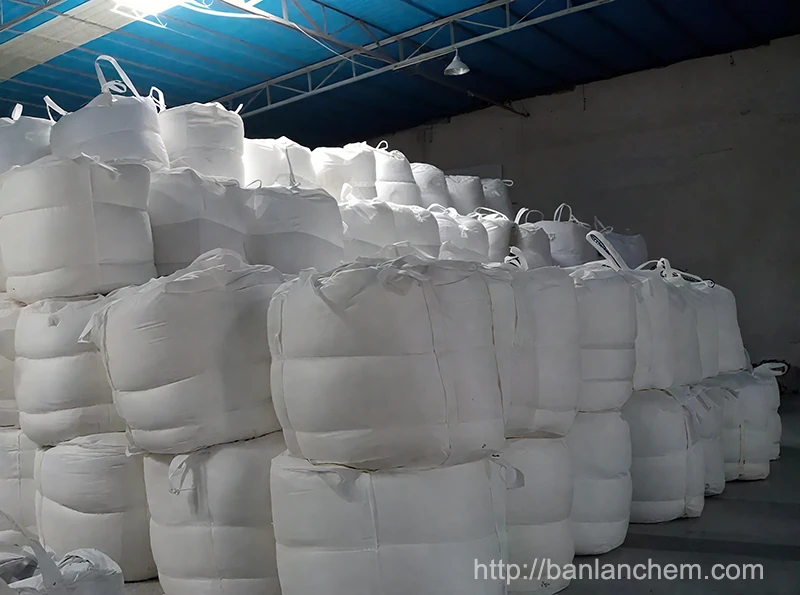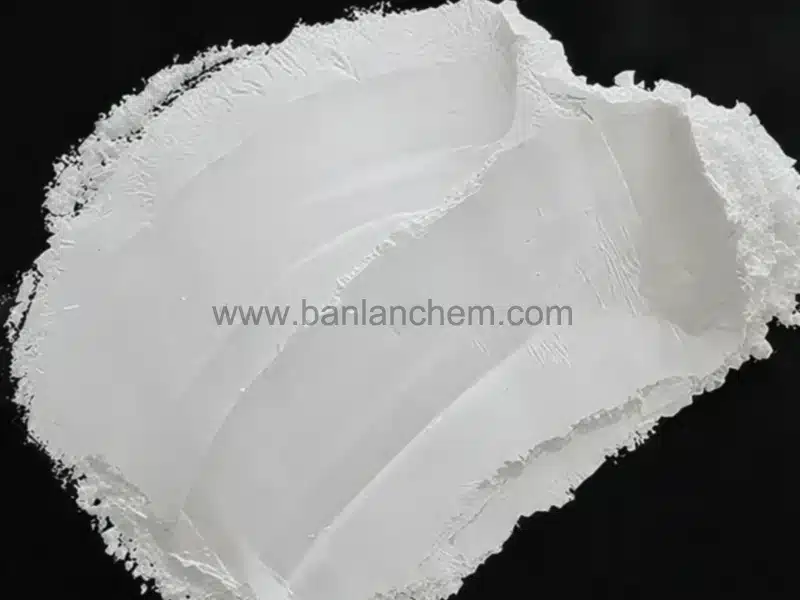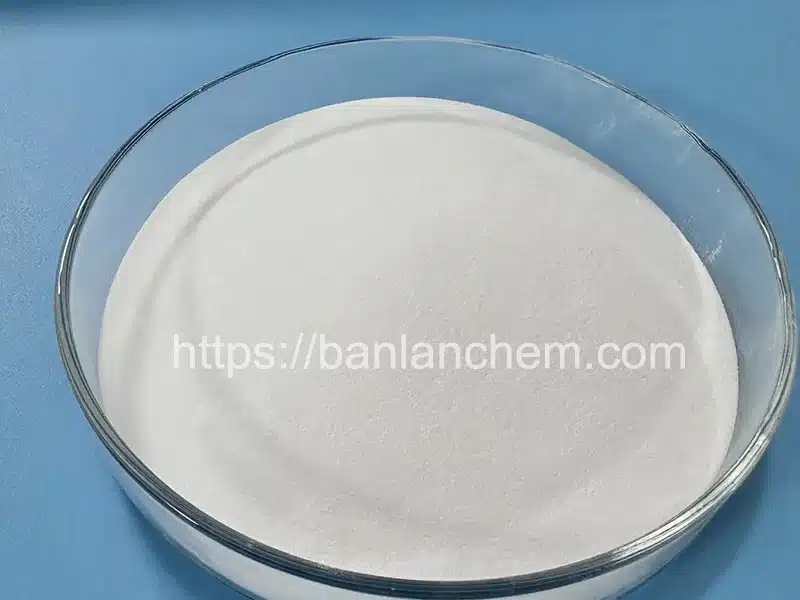What Is the Difference Between Alumina Powder and Aluminum Hydroxide?
Difference Between Alumina Powder and Aluminum Hydroxide is a common question in material selection for industrial applications. Both materials are aluminum-based, but they differ in structure, properties, and typical uses.
Alumina powder is Al₂O₃, a hard, inert oxide used for ceramics, refractories, and abrasives. Aluminum hydroxide is Al(OH)₃ (also called ATH), a hydrated compound used mainly as a halogen-free flame retardant and functional filler. The two materials differ in chemistry, crystal structure, thermal behavior, particle morphology, pH response, and applications. This guide explains what is the difference between alumina powder and aluminum hydroxide in clear terms for specification and sourcing.
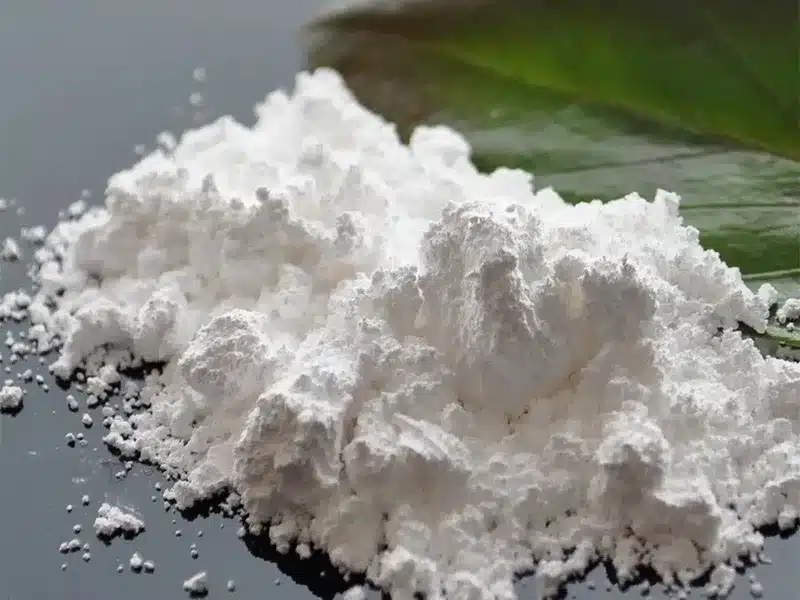
Contents
- Core Definitions
- Chemistry & Crystal Structure
- Manufacturing Routes
- Particle Size & Morphology
- Key Property Comparison Table
- Thermal Behavior & Phase Changes
- Typical Applications
- How to Choose: Practical Selection Guide
- Typical Specifications & Grades
- Processing & Formulation Tips
- FAQs
- Related Reading
- Request Samples & Quote
Core Definitions
Alumina Powder (Al₂O₃)
- Chemical identity: aluminum oxide, Al₂O₃.
- Common phases: α-alumina (dense), γ-alumina (high surface area), plus transitional δ, θ.
- Typical roles: structural ceramics, refractories, abrasives, catalyst supports (γ), polishing.
- Key traits: high hardness, high melting point, chemical inertness, excellent electrical insulation.
For applications that require higher temperature resistance or hardness, alumina powder is often selected instead of aluminum hydroxide. You can find detailed specifications on our alumina powder product page .
Aluminum Hydroxide (ATH, Al(OH)₃)
- Chemical identity: aluminum hydroxide, Al(OH)₃, often called ATH.
- Mineral forms: gibbsite, bayerite; industrial ATH mainly from the Bayer process.
- Typical roles: flame retardant and smoke suppressant, filler for cables, compounds, coatings, artificial stone.
- Key traits: releases water upon heating (~200–300 °C), absorbs heat, dilutes fuel, lowers smoke.
Once a reliable supplier is selected, it is important to review detailed product specifications and supply capability. You can find full information on our aluminum hydroxide powder product page .
Chemistry & Crystal Structure
Alumina powder is an oxide. Aluminum hydroxide (ATH) is a hydroxide. The oxygen-to-aluminum ratio and structural water cause different behaviors. Alumina is stable at high temperatures; ATH dehydrates and becomes alumina upon heating.
Manufacturing Routes
- Alumina powder: produced by calcining aluminum hydroxide or other precursors, then milling and classification. α-alumina requires high-temperature sintering. γ-alumina forms via controlled calcination to preserve high surface area.
- Aluminum Hydroxide: typically from the Bayer process. Steps: precipitation, washing, optional surface treatment, drying, and classification.
Particle Size & Morphology
- Alumina powder: spans sub-micron to tens of microns. α-grains are angular or blocky; γ-powder is porous and fine. Narrow PSD is critical for polishing and advanced ceramics.
- Aluminum Hydroxide: D50 commonly ranges 1–30 µm for compounding; coarser grades for solid surfaces. Surface-treated ATH enhances resin wetting and dispersion.
Key Property Comparison Table
| Property | Alumina Powder (Al₂O₃) | Aluminum Hydroxide (Al(OH)₃, ATH) |
|---|---|---|
| Chemical Type | Oxide | Hydroxide |
| Hardness | Very high (Mohs ≈ 9) | Lower than alumina |
| Thermal Stability | Excellent up to very high T | Dehydrates around 200–300 °C; turns into alumina when calcined |
| Main Functions | Ceramics, refractories, abrasives, catalyst support | Flame retardancy, smoke suppression, filler |
| Surface Area | Low (α) to high (γ) | Moderate; modifiable |
| Electrical | Excellent insulator | Used as insulating filler |
| Cost Range | Varies by phase & PSD; high-purity α is premium | Competitive as FR filler; surface-treated types cost more |
| Best For | High-temperature structural strength | Flame retardancy & smoke suppression ≤ 300 °C |
Thermal Behavior & Phase Changes
Alumina powder remains stable and strong at elevated temperatures, making α-alumina suitable for kiln furniture, refractory applications, and wear parts, while γ-alumina retains high surface area for catalytic adsorption.
Aluminum hydroxide (ATH) behaves differently—it absorbs heat and releases water upon heating, which provides its flame retardant and smoke suppression performance; it dehydrates through transitional alumina before converting fully to alumina at higher temperatures.
Typical Applications
Where Alumina Powder Excels
- Ceramics, substrates, insulators
- Refractory bricks, castables, kiln supports
- Abrasives, polishing powders, CMP slurries
- Catalyst supports (γ-alumina)
Where Aluminum Hydroxide (ATH) Wins
- Wire & cable (LSZH standards)
- Polymer compounding (EVA, PE, PVC, EPDM, etc.)
- Coatings & adhesives for enhanced fire performance
- Solid surfaces & artificial stone, cost-effective white FR filler
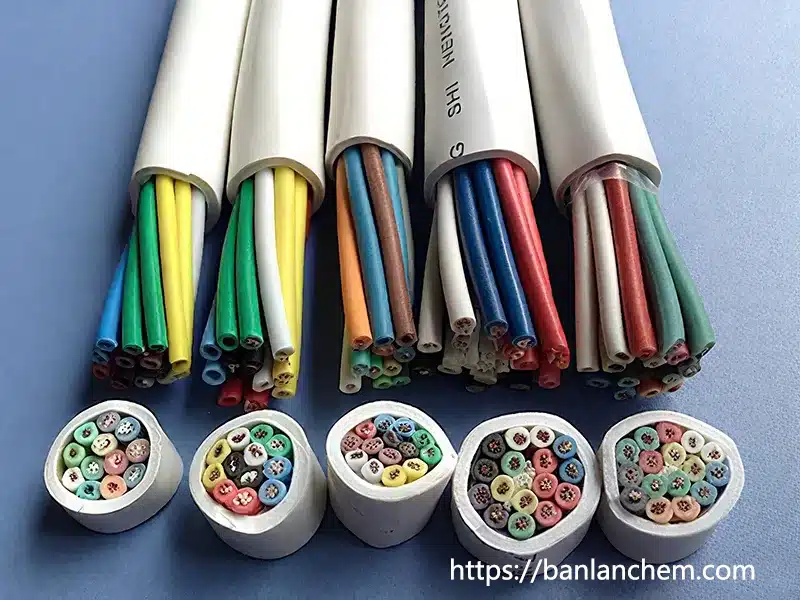
How to Choose: Practical Selection Guide
Ask first: Is high-temperature mechanical strength vital, or is flame retardancy your priority?
- For wear-resistant, high-temperature applications—choose alumina powder.
- For halogen-free flame retardant systems—choose ATH, especially applicable up to ~300 °C.
This is the practical essence of “what is the difference between alumina powder and aluminum hydroxide.”
Typical Specifications & Grades
Alumina Powder – Specification Checklist
- Phase designation (α, γ, transitional)
- Purity (impurity levels of Na₂O, SiO₂, Fe₂O₃)
- PSD (D50, D90), agglomerate control
- Surface area (BET for γ-alumina)
- Loss on ignition, moisture
Aluminum Hydroxide(ATH) – Specification Checklist
- Particle size (D50, selected per processing needs)
- Whiteness, oil absorption, surface treatment
- Sieve residue (dispersion quality), moisture
- Impurity levels affecting electrical and fire performance
Processing & Formulation Tips
- For alumina powder: manage moisture, avoid agglomeration, use proper dispersants; align PSD with your sintering or polishing target; strict cleanliness for high purity.
- For ATH: pick D50 for your viscosity/mechanical targets; consider surface treatments for polymer compatibility; precise drying and dosing essential for consistent FR performance.
- General advice: store powders sealed, control dust, test at pilot scale before full-scale rollout.
FAQs: What Is the Difference Between Alumina Powder and Aluminum Hydroxide?
1) Is alumina powder the same as ATH?
No — alumina powder (Al₂O₃) is not the same as ATH (Al(OH)₃); ATH is aluminum hydroxide that transforms into alumina after calcination.
2) Which one is best for cable compounds?
Aluminum Hydroxide, because it releases water and absorbs heat in a fire scenario, providing flame retardancy and smoke suppression.
3) Which one is best for ceramics or refractories?
Alumina powder, especially α-alumina, due to its superior hardness, thermal stability, and structural performance.
4) Can aluminum hydroxide convert into alumina?
Yes—on heating, ATH dehydrates and gradually transforms through transitional alumina into fully formed alumina.
5) Is there a cost difference?
Costs depend on grade and processing. High-purity α-alumina may be premium; ATH is cost-effective as a flame retardant filler, with surface-treated variants costing more.
Related Reading & Internal Links
- What Is Alumina Trihydrate (ATH)? Properties, Uses & Benefits
- Dried vs. Wet Aluminum Hydroxide: Uses & Differences
- Aluminium Hydroxide Powder Surface Modification
- Browse All Products
Next Steps: Samples, COA, and Grade Matching
Still wondering what is the difference between alumina powder and aluminum hydroxide for your line? Tell us your resin, target LOI, and processing temperature. Our team will recommend the best D50 and surface treatment for ATH—or the ideal phase and PSD for alumina powder. Request samples, COA, and pricing. We typically respond within 24 hours.


